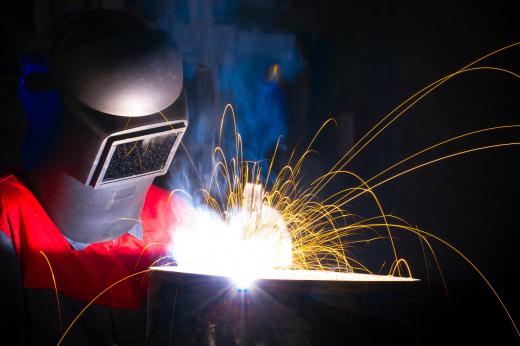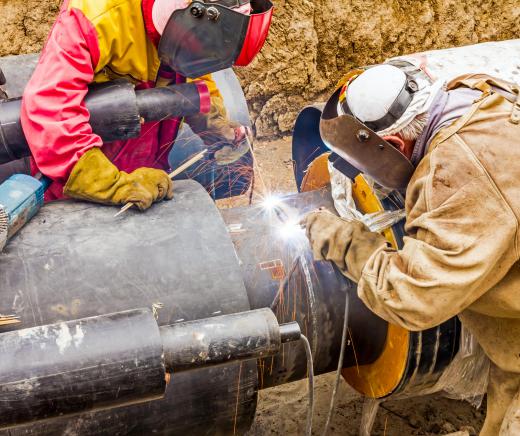Welding carbon steel to stainless steel is a common process in the creation of a number of goods. This type of activity often involves the use of a welding method known as metal inert gas (MIG) welding, which helps to create a strong bond between the stainless steel and the carbon steel. The process will also call for making use of specific grades of welding rods, based on the grades of the two steels used for the application.
When welding carbon steel to stainless steel, the first task is to assess the grade or class of each type of steel, because certain classes of each steel type tend to create a stronger bond. Industry guidelines will vary from one nation to the next, with the classification being usually identified with a code consisting of a letter with one or two digits. Professional welders can determine which combinations work well together, evaluating the combination in tandem with the intended uses of carbon steel with the stainless steel.

MIG welding serves as the most common method of welding carbon steel to stainless steel. This approach calls for a source of electricity that helps to generate the heat needed to create a secure weld. There is also the need to choose whether to use a wire or an electrode that can fill the joint between the two steels, and a gas emission that serves as a barrier between the air and the weld itself.

The flow of power to the electrode or wire is constant, allowing the welder to control the size and movement along the seam. One of the benefits of MIG welding is that the process can be managed either by a human being, or with the use of a robot programmed to manage the task. Depending on the size of the operation, this means that welding carbon steel to stainless steel may be a totally manual task, a semi-automated one, or one that is fully automated.
Part of the process of welding carbon steel to stainless steel also involves choosing the right electrode for the job. Criteria to consider include the position of the weld, the level of abrasion present with the two metal surfaces, and type of transfer that will occur between the two metals during the actual welding. It is not unusual for a welding engineer to evaluate the particulars of the job and make a final selection regarding which type of electrode would create the best possible weld for the project.

